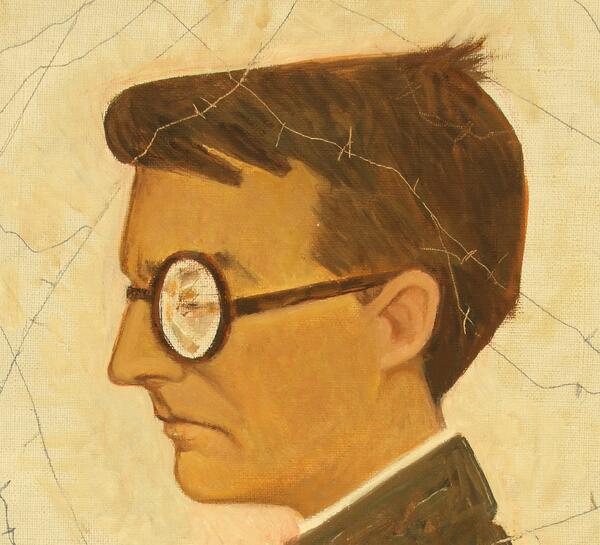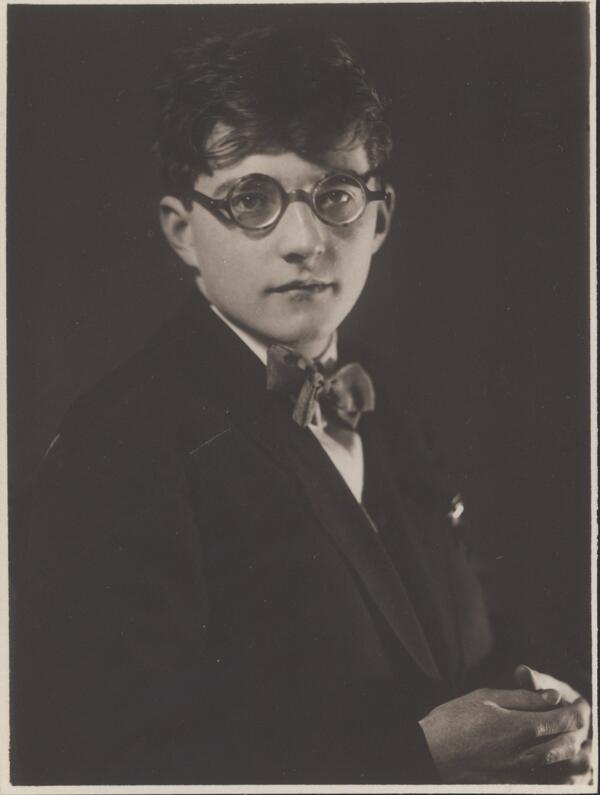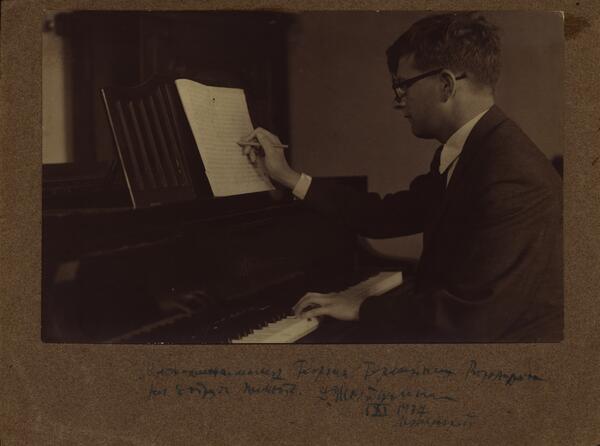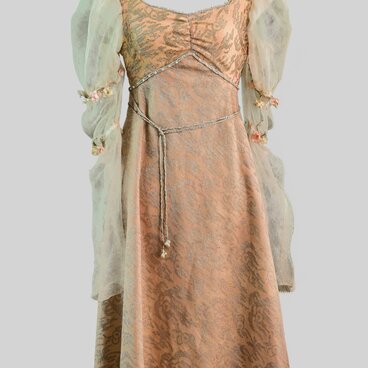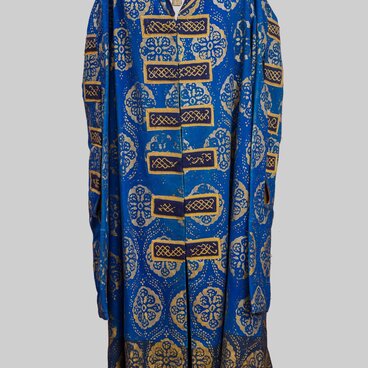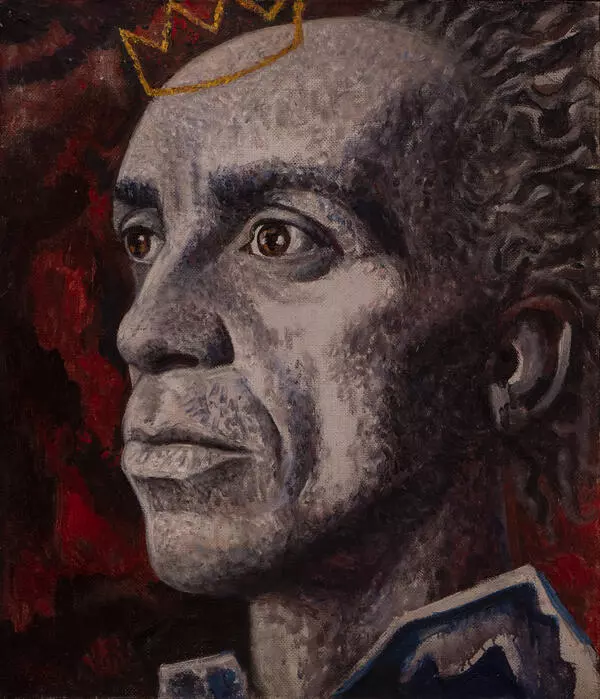Throughout her life, the artist Alisa Poret (1902–1984) worked on a series titled “Tragic Talents of Russia.” This collection included portraits of the theater director Vsevolod Meyerhold, actor Solomon Mikhoels, poet Daniil Kharms, painter Pavel Filonov and other artists who had tragic lives.
Among the other artists portrayed by Alisa Poret was the famous composer Dmitri Shostakovich. He was not directly subjected to repressions but had a complicated and strained relationship with the authorities. Shostakovich is depicted with clenched fists and trapped in barbed wire which symbolizes that he is no longer allowed to play his music.
Shostakovich came under attack in 1936 when Joseph Stalin attended a performance of his opera “Katerina Izmailova.” On January 28, the “Pravda” newspaper published an editorial titled “Muddle Instead of Music” severely criticizing the opera and labeling it as adversary to the Soviet people.
This crackdown came out of the blue because it had been several years since opera “Lady Macbeth of Mtsensk” was published and staged under the title “Katerina Izmailova.” In the first two seasons, the opera was successfully performed over 200 times, not counting the productions in European and North American theaters.
Among the other artists portrayed by Alisa Poret was the famous composer Dmitri Shostakovich. He was not directly subjected to repressions but had a complicated and strained relationship with the authorities. Shostakovich is depicted with clenched fists and trapped in barbed wire which symbolizes that he is no longer allowed to play his music.
Shostakovich came under attack in 1936 when Joseph Stalin attended a performance of his opera “Katerina Izmailova.” On January 28, the “Pravda” newspaper published an editorial titled “Muddle Instead of Music” severely criticizing the opera and labeling it as adversary to the Soviet people.
This crackdown came out of the blue because it had been several years since opera “Lady Macbeth of Mtsensk” was published and staged under the title “Katerina Izmailova.” In the first two seasons, the opera was successfully performed over 200 times, not counting the productions in European and North American theaters.

